Birds of Iran + Photos
Iran has been blessed with a huge variety of biodiversity. Iran is a unique ecological marvel, spanning 164.8 million hectares across the Iranian plateau. Positioned at the intersection of three major biogeographical zones, Palearctic, Afro-Tropical, and Indo-Malay, this ancient land boasts one of the richest bird diversities in the world. Let’s learn more about the birds of Iran.
About Birds of Iran
From towering mountain ranges to vast deserts and humid coastal forests to dry savannas, Iran offers a stunning variety of habitats. Its complex climate, Mediterranean in the northwest, arid in central regions, and humid along the Caspian, supports over 548 recorded bird species, making it a dream destination for ornithologists and birdwatchers alike. These three biogeography zones make Iran rich in the quantity of bird species. The recorded bird species include breeding, non-breeding, and migrants in eight habitat zones, persuading us to say you can visit “three continents with one ticket.”
Iran’s Unique Ecological Zones
Iran lies in the Palearctic Eco-zone, a vast region encompassing parts of Europe, North Africa, and most of Asia. With over 1,100 bird species in this zone, nearly half can be observed in Iran. The country’s unique position at the crossroads of multiple climatic and biogeographical regions creates an extraordinary mosaic of habitats.
The northwestern parts feature a Mediterranean climate with cool, wet winters and dry summers, while central Iran is dominated by arid deserts and steppes. To the north, along the Caspian Sea, lies a temperate humid zone rich in forest biodiversity. The presence of the Alborz and Zagros mountain ranges shapes the nation’s climate by acting as natural barriers, influencing rainfall patterns, and contributing to the formation of Iran’s central deserts. This wide variety of ecosystems allows Iran to support a highly diverse and specialized bird population.
“Some of the birds present in Iran are among the most wanted on the wish list for the region for almost every birder!”
Red-headed Bunting
The Red-headed Bunting (Emberiza bruniceps) is a colorful songbird that breeds in Central Asia and migrates to northern India during winter, with Iran serving as a key transit and stopover site. Males are noted for their bright yellow underparts and rust-red heads, while females have more subdued tones.
In Iran, they are typically seen in scrublands, agricultural fields, and grasslands during migration periods. They favor temperate climates and open habitats rich in grass seeds and insects. The Red-headed Bunting’s diet shifts with the seasons—feeding on seeds during non-breeding times and insects during the breeding season. Their seasonal migrations underscore Iran’s importance in providing safe, resource-rich environments during long intercontinental journeys.
Caucasian Grouse
The Caucasian Grouse (Lyrurus mlokosiewiczi), also known as the Caucasian Black Grouse, is a highland specialist found primarily in the Caucasus Mountains, extending into northwestern Iran. This elusive bird prefers subalpine meadows and forest edges, thriving in cool, temperate climates.
Caucasian Grouse is only found in the Alborz Mountains, where ancient forests and alpine grasslands provide a suitable habitat. The Grouse feeds on buds, leaves, berries, and insects, with a diet that changes according to seasonal availability. It is largely sedentary but may descend to lower elevations during harsh winters. As a vulnerable species, its presence in Iran highlights the country’s conservation significance.
Passerine
Passerines, or perching birds, make up the largest order of birds globally and in Iran, representing a vast array of families, including sparrows, finches, warblers, and thrushes. Iran hosts hundreds of passerine species, each adapted to its own ecological niche. These birds can be found in nearly every habitat—from high mountains to desert oases and urban gardens to dense forests.
Most passerines prefer temperate to warm climates and are insectivorous, granivorous, or omnivorous. Migration patterns vary by species; some are residents, while others are long-distance migrants that use Iran as a critical flyway junction. Their diversity reflects the overall health and ecological richness of Iran’s landscapes.
Afro-Tropical Region of Iran
Except for the Palearctic region, a short flight will lead to the Afro-Tropical region in the southwest of Iran with similar birds of Africa, such as African sacred ibis and Egyptian vultures that are rare in other areas.
African Sacred Ibis
The African Sacred Ibis (Threskiornis aethiopicus) is a striking wading bird native to Sub-Saharan Africa, known for its white body, black head, and long curved beak. In Iran, it is found primarily in the southwestern wetlands, such as the Hoor al-Azim wetland in Khuzestan province. These wetlands mirror the bird’s natural habitat in Africa, providing it with the shallow waters and rich biodiversity it requires to thrive.
The ibis is remarkably adaptable, often making use of both natural and man-made water bodies. It flourishes in tropical and subtropical climates, especially in warm regions with access to water year-round. Its diet is diverse and opportunistic, consisting of aquatic insects, crustaceans, small fish, frogs, and even human refuse.
Although not typically migratory over long distances, the African Sacred Ibis may relocate locally in search of optimal feeding and nesting grounds as seasonal water levels change.
Egyptian Vulture
The Egyptian Vulture (Neophron percnopterus) is a small Old World vulture with a white body, black flight feathers, and a distinct yellow face. It has an expansive range, from Africa and Southern Europe to South and Central Asia, including Iran. In Iran, it is most commonly found in the dry mountainous regions and semi-arid landscapes of eastern and southern provinces.
These areas, such as Sistan and Baluchestan, offer rocky cliffs and open terrain suitable for roosting and scavenging. The Egyptian Vulture is uniquely suited to Iran’s arid to semi-arid zones, surviving with minimal rainfall and high temperatures. It is an opportunistic feeder that thrives on carrion, but it is also one of the few birds known to use tools—using rocks to break open eggs. This vulture undertakes long-distance seasonal migrations, breeding in Iran and other temperate regions in spring and summer before migrating to sub-Saharan Africa during the winter months.
The southeastern part of Iran is affected by the Indo-Malay (Oriental eco-zone). A region with a similar climate to the Indian subcontinent, with magnificent species, which certainly is important for bird watchers, such as the Sind pied woodpecker and Indian pond heron.
Sind Pied Woodpecker
The Sind Pied Woodpecker (Dendrocopos assimilis) is a relatively small, black-and-white bird with red markings that make it instantly recognizable. Native to the Indian subcontinent, it reaches its westernmost distribution in southeastern Iran. It inhabits the forested areas of provinces such as Hormozgan and parts of Baluchestan, where the climate and vegetation resemble the moist deciduous and tropical woodlands of India.
This bird thrives in warm, humid conditions and is particularly associated with riverine forests and groves. Its diet primarily consists of insects, which it skillfully extracts from tree bark using its strong beak, though it also consumes fruit and sap when available. The Sind Pied Woodpecker is generally non-migratory but may shift locally to take advantage of food availability and seasonal environmental changes.
Indian Pond Heron
The Indian Pond Heron (Ardeola grayii) is a stocky, short-necked heron found across South Asia and into southeastern Iran. With its brown and white plumage that blends into wetland vegetation, it is often overlooked until it takes flight, revealing its bright white wings. In Iran, it is typically observed in the southeastern wetlands and agricultural lands, especially in warm, low-lying areas like Sistan and Baluchestan.
These habitats provide the shallow waters, dense vegetation, and abundant prey that the heron needs to hunt effectively. Preferring humid and tropical wetlands, the Indian Pond Heron is highly dependent on stable aquatic ecosystems such as marshes, ponds, and rice fields. Its diet is varied, consisting of fish, amphibians, insects, and small reptiles. Though largely sedentary, it may engage in local movements to follow water sources and breeding opportunities.
Besides, there are some shore and marine birds like the Masked booby that originate in the Indian Ocean and Strait of Hormoz.
Masked Booby
The Masked Booby (Sula dactylatra) is a large seabird belonging to the booby family, known for its white body, black wings, and distinctive black facial mask. It typically breeds on remote tropical islands across the Indian and Pacific Oceans, but it is occasionally seen near Iran, particularly around the Strait of Hormoz and certain Persian Gulf islands.
These marine environments provide the deep, warm waters that are ideal for the booby’s high-diving fishing technique. The Masked Booby is best suited to tropical marine climates with abundant fish populations. It primarily feeds on flying fish and squid, which it captures by plunging into the sea from great heights. While it is not traditionally migratory, it is a highly pelagic species and may travel vast distances across oceans in search of food and nesting grounds, often returning to specific breeding colonies.
National Parks and Birding Hotspots
Iran’s dedication to preserving its natural heritage is evident in its well-established network of national parks. Two standout locations for birdwatching are Turan and Golestan National Parks.
The two national parks of Iran, Turan and Golestan, are among the best spots in the country for bird watching, and in Turan National Park, you can see the Asiatic Cheetah as well.
Golestan National Park, located in the northeast, features humid, forested terrain ideal for forest-dwelling birds and other wildlife. It is home to species such as the Caspian tit and Eurasian green woodpecker. In contrast, Turan National Park, spanning desert and semi-desert regions, supports species adapted to arid environments, including sandgrouse and larks.
Remarkably, Turan is also one of the last refuges of the endangered Asiatic Cheetah. These parks not only protect avian biodiversity but also offer unforgettable experiences for eco-tourists and ornithologists alike.
Vital Wetlands and Migratory Flyways
The wetlands of Iran are also vital staging and wintering areas for millions of migratory waterfowl using the West Siberian-Caspian-East African and Central Siberian-Indus-South Asian flyways and support large breeding populations of many species.
Iran’s wetlands play a pivotal role in the global avian migratory system. They serve as critical staging, breeding, and wintering areas for millions of migratory birds traveling along two major flyways: the West Siberian-Caspian-East African and the Central Siberian-Indus-South Asian routes.
These flyways connect northern breeding grounds to southern wintering areas, making Iran a vital pit stop for waterfowl such as ducks, geese, cranes, and shorebirds. Wetlands like Lake Urmia, Shadegan Marshes, and Anzali Lagoon provide essential habitats with food and shelter. The annual migration not only supports global bird populations but also enriches Iran’s biodiversity and cultural heritage through traditional bird-related practices and eco-tourism.
Globally Threatened Birds Found in Iran
Annually, millions of waterfowl make the wetlands their habitats, and some others use these areas on their way to and from wintering areas to the southwest or southeast. Iran is a sanctuary for numerous globally threatened bird species listed by the International Union for Conservation of Nature (IUCN). These include the Pygmy Cormorant, Dalmatian Pelican, Lesser White-fronted Goose, Marbled Teal, White-headed Duck, White-tailed Eagle, and Siberian Crane. For survival, each of these birds depends on Iran’s diverse and often vulnerable wetland ecosystems.
For instance, the Dalmatian Pelican breeds in shallow lakes with extensive reed beds, while the Siberian Crane uses Iran as a crucial stopover during its endangered migratory route. Conservation efforts within Iran are increasingly focused on habitat protection, ecological research, and public education to ensure that these rare species continue to thrive.
Pygmy Cormorant
The Pygmy Cormorant (Microcarbo pygmaeus) is a small, dark waterbird that thrives in freshwater wetlands, lakes, and slow-moving rivers. It is widely distributed in southeastern Europe and western Asia, including northern and western Iran. Wetlands like Anzali Lagoon and Shadegan Marshes are critical habitats for this species.
Preferring warm, temperate climates, the Pygmy Cormorant feeds on small fish, amphibians, and aquatic invertebrates, diving with agility to catch its prey. Though not highly migratory, it may move locally depending on water levels and food availability. This species is globally threatened due to habitat degradation, making Iran’s wetland conservation efforts especially vital.
Dalmatian Pelican
The Dalmatian Pelican (Pelecanus crispus) is among the world’s largest freshwater birds, recognized for its curly nape feathers and massive bill. It inhabits large, shallow lakes and marshes, primarily in southeastern Europe and Central Asia, with Iran being a significant breeding and wintering area. In Iran, key habitats include Bakhtegan Lake and the wetlands around Lake Urmia.
Dalmatian Pelicans prefer temperate wetland climates and require ample fish stocks to sustain their diet. They breed colonially in remote reed beds, and their seasonal movements are influenced by water availability and fish populations. Conservation measures in Iran are critical, as this species is listed as Near Threatened.
Lesser White-fronted Goose
The Lesser White-fronted Goose (Anser erythropus) is a small Arctic-breeding goose known for its distinctive white facial blaze. It migrates from northern Europe and Siberia to wintering grounds, which include western Iran. Wetlands like Fereydoon Kenar on the southern Caspian coast are vital for their survival during migration.
These geese prefer wet grasslands, floodplains, and agricultural areas where they forage for grasses, grains, and aquatic plants. Their long-distance migration reflects the importance of Iran’s wetland ecosystems in the broader Eurasian flyway. The species is globally threatened and under active international conservation management.
Marbled Teal
The Marbled Teal (Marmaronetta angustirostris) is a medium-sized, pale duck with marbled plumage and a preference for freshwater and brackish wetlands. In Iran, it breeds in regions like Shadegan Marshes and the southern Caspian lowlands. The species thrives in warm, shallow wetlands with dense vegetation, feeding on aquatic plants, seeds, and invertebrates.
Largely sedentary but capable of local movement, the Marbled Teal is globally vulnerable due to habitat loss and water pollution. Iran’s wetlands are critical strongholds for this elusive duck, and conservation projects have focused on preserving its fragile habitats.
White-headed Duck
The White-headed Duck (Oxyura leucocephala) is a small diving duck notable for its bright white head and stiff tail, typically held upright. Native to Western and Central Asia, it is found in several parts of Iran, particularly in wetland areas like Lake Parishan and Bakhtegan. It favors saline or brackish lakes with dense vegetation and feeds primarily on aquatic invertebrates and plant matter.
The duck is mostly resident but may make local movements. As a critically endangered species, its presence in Iran emphasizes the importance of sustained wetland conservation and international cooperation.
White-tailed Eagle
The White-tailed Eagle (Haliaeetus albicilla) is a powerful bird of prey found in coastal and inland wetlands across Eurasia. In Iran, it is mainly seen in the northern provinces along the Caspian Sea and large inland water bodies. It thrives in cold to temperate climates and requires large, undisturbed water bodies with abundant fish and waterfowl.
Feeding as both a predator and scavenger, the eagle often hunts from perches or soars over wetlands. It is mostly resident, though some northern populations may migrate. The White-tailed Eagle is a conservation success story, but continued protection is needed in Iran to maintain its population.
Siberian Crane
The Siberian Crane (Leucogeranus leucogeranus) is one of the world’s rarest cranes, with a distinctive white body and black wingtips. Once a regular winter visitor to Iran’s Fereydoon Kenar wetlands, its numbers have plummeted due to habitat destruction and hunting along migratory routes. Preferring shallow freshwater wetlands, the crane feeds on aquatic plants, tubers, and invertebrates.
It undertakes one of the longest migratory journeys of any crane, breeding in the Arctic tundra and wintering in South Asia. Iran plays a critical role as a stopover, and international conservation initiatives have focused on habitat restoration and awareness to aid its survival.
Important Bird Areas (IBA) in Iran
Iran is home to 105 Important Bird Areas (IBAs), covering a combined area of over 8.5 million hectares. These regions have been identified based on internationally agreed-upon criteria set by BirdLife International. IBAs in Iran encompass a wide range of environments, from alpine meadows and deciduous forests to salt flats and marine islands. Sites like Miankaleh Peninsula, Bakhtegan Lake, and Qeshm Island are recognized for their exceptional birdlife and ecological significance.
These areas are not only important for conservation but also represent prime locations for scientific study and nature tourism. Continued monitoring and responsible eco-management of IBAs are essential to preserving Iran’s avian biodiversity.
Last Words
Iran stands as a biological bridge between continents, offering birdwatchers the rare chance to observe species from Africa, Europe, and Asia—all in one trip. From endangered cranes to exotic woodpeckers, Iran’s avian richness is proof of its geographical, climatic, and cultural diversity. The country’s vast landscapes, protected areas, and critical wetlands make it an essential region in global bird conservation. Whether you’re a seasoned ornithologist or a curious traveler, birdwatching in Iran offers a deeply rewarding, once-in-a-lifetime experience. Don’t miss the opportunity to explore this avian crossroads, where nature tells its stories through feathers, flight, and song.
Are you planning to travel to Iran? Check out the Iran birdwatching tour.

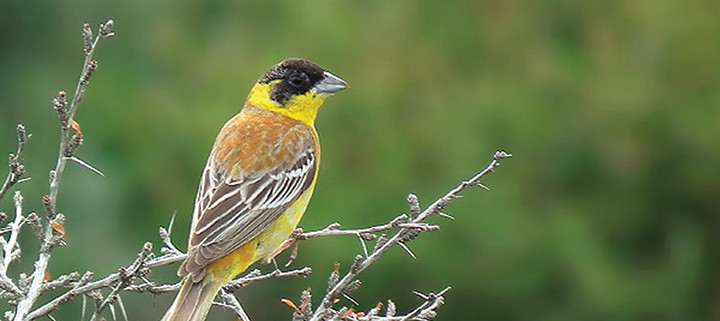
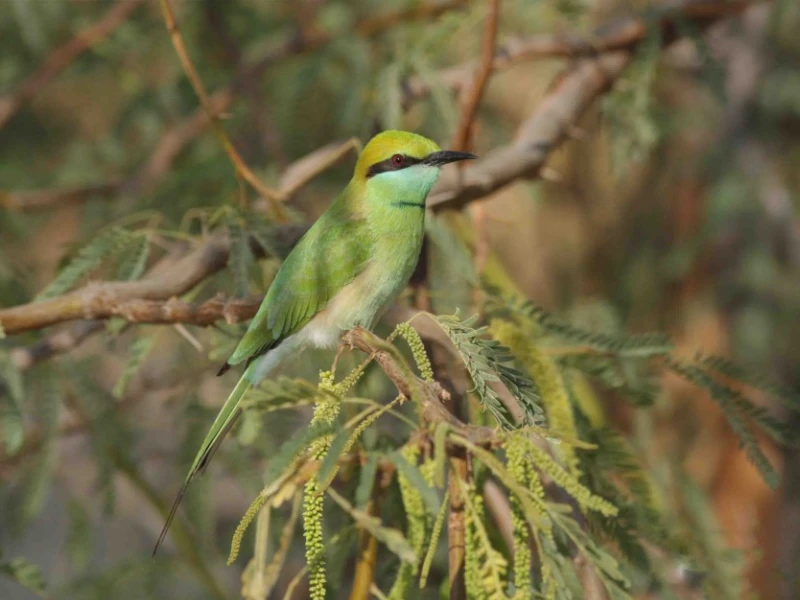


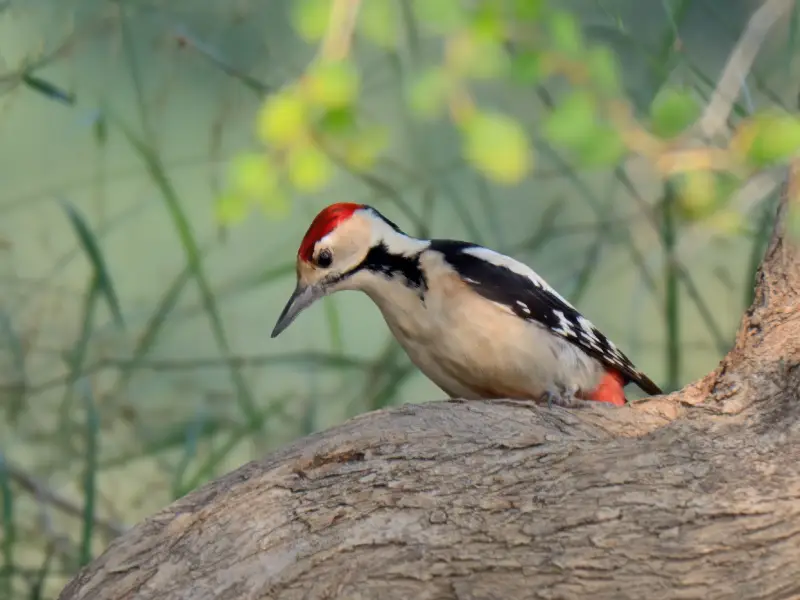
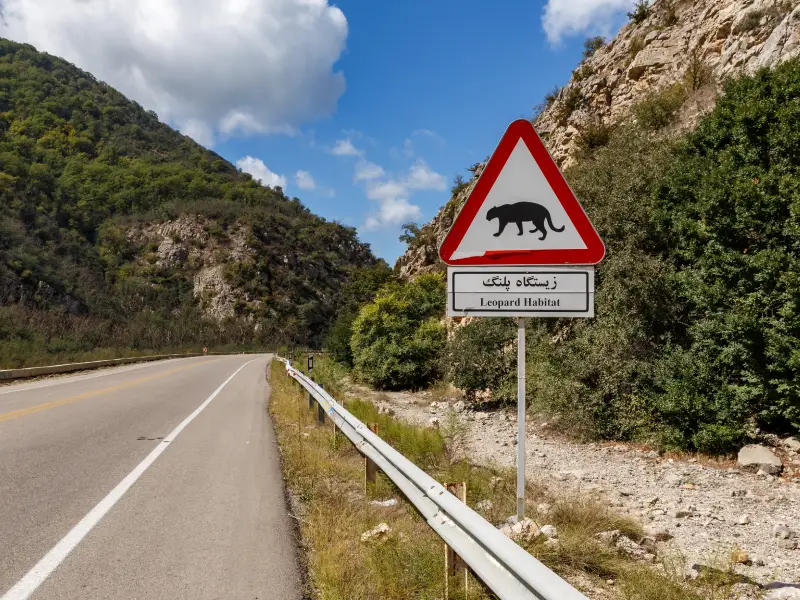
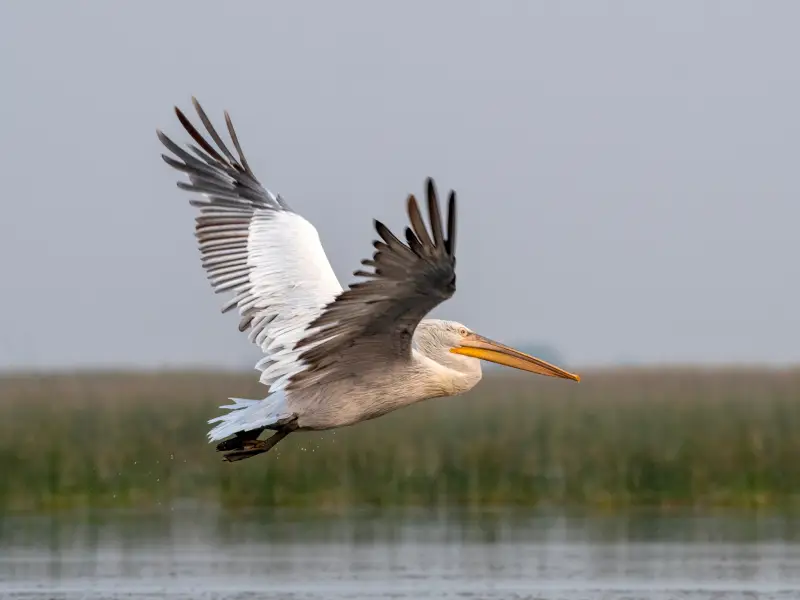
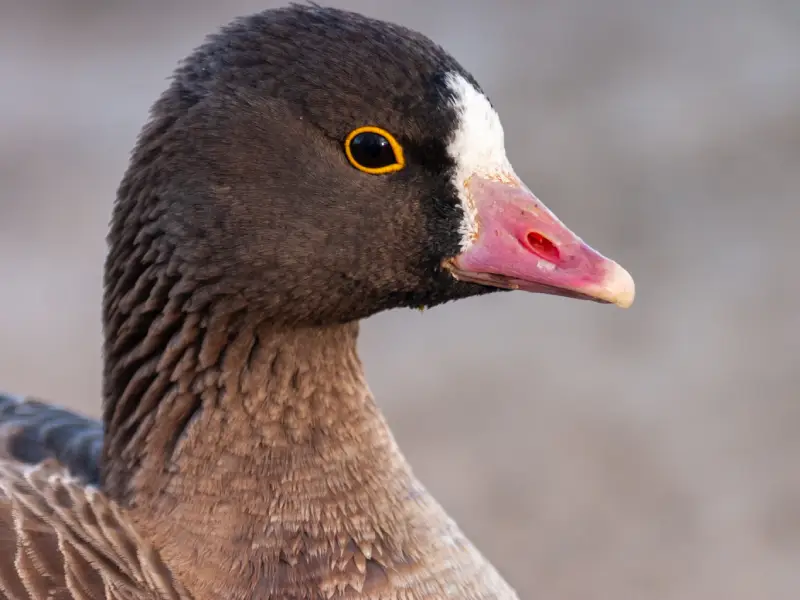
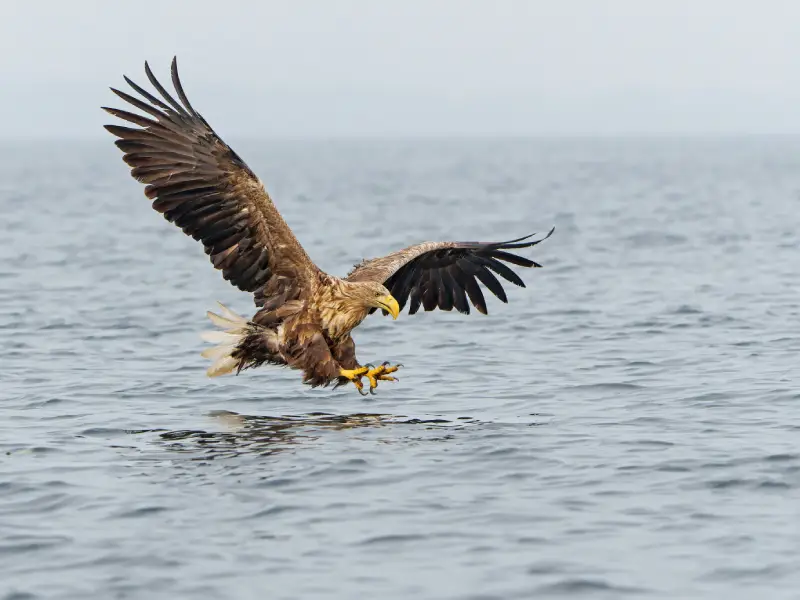




Leave a Reply
Want to join the discussion?Feel free to contribute!